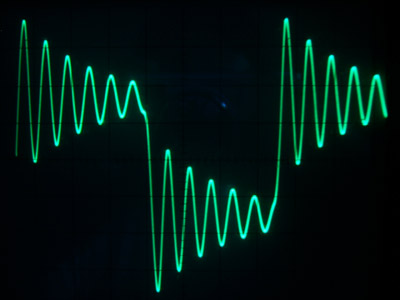khstudio
Well-known member
Which versions are you using for IN/OUT? Are they the same???
I just ordered a pair of A262A2C...
I'm assuming the "C" means with the can :?: anyone know?
Thanks,
Kevin
I just ordered a pair of A262A2C...
I'm assuming the "C" means with the can :?: anyone know?
Thanks,
Kevin







![Soldering Iron Kit, 120W LED Digital Advanced Solder Iron Soldering Gun kit, 110V Welding Tools, Smart Temperature Control [356℉-932℉], Extra 5pcs Tips, Auto Sleep, Temp Calibration, Orange](https://m.media-amazon.com/images/I/51sFKu9SdeL._SL500_.jpg)


























